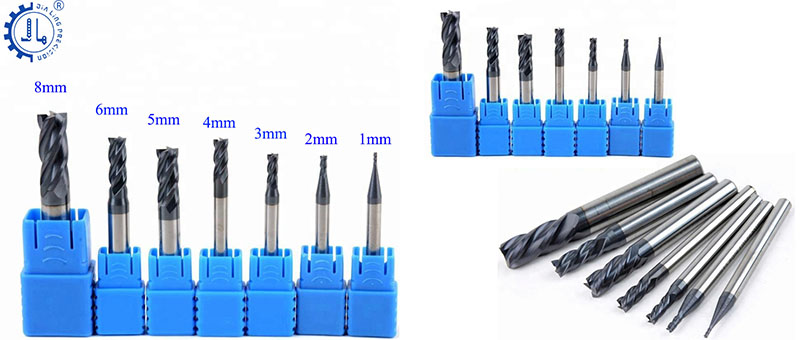High-speed steel: It is high-carbon and high-alloy steel. According to chemical composition, it can be divided into tungsten series and molybdenum series steel. According to cutting performance, it can be divided into ordinary high-speed steel and high-performance high-speed steel. High-speed steel must be strengthened by heat treatment. In the quenched state, the iron, chromium, part of tungsten and carbon in the high-speed steel form extremely hard carbides, which can improve the wear resistance of the steel (hardness can reach HRC64-68). The other part of tungsten dissolves in the matrix and increases the red hardness of the steel.
The red hardness of high-speed steel can reach 650 degrees.
High-speed steel has good strength and toughness. After sharpening, the cutting edge is sharp and the quality is stable. It is generally used to manufacture small, complex-shaped tools.
Cemented carbide: It is a powder of refractory high hardness metal carbides on the order of micrometers, using cobalt, molybdenum, nickel, etc. as a binder, and it is fired under high temperature and high pressure.
The content of high-temperature carbides in cemented carbide exceeds that of high-speed steel, with high hardness (HRC75-80) and good wear resistance. To The red hardness of cemented carbide can reach 800-1000 degrees.
To The cutting speed of cemented carbide is 4-7 times higher than that of high-speed steel. High cutting efficiency.
To The disadvantages are low bending strength, poor impact toughness, high brittleness, low impact resistance and low vibration resistance.
Post time: Nov-03-2020